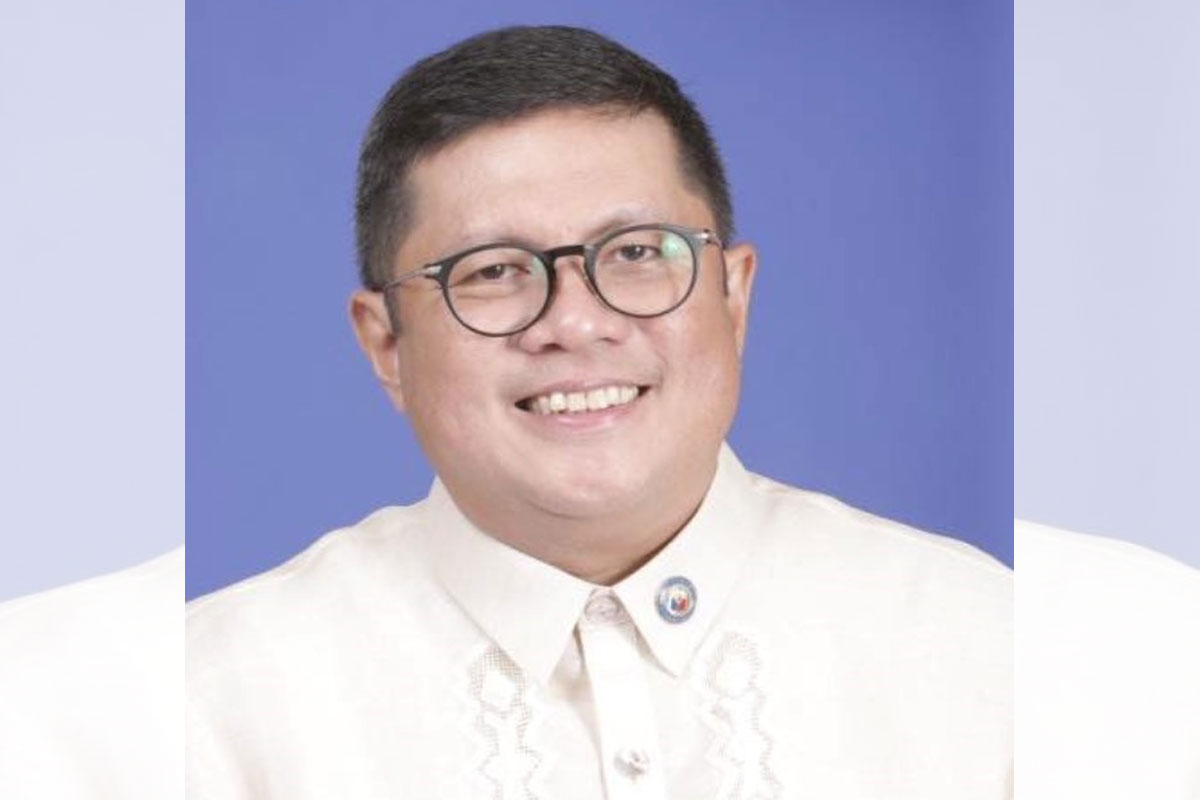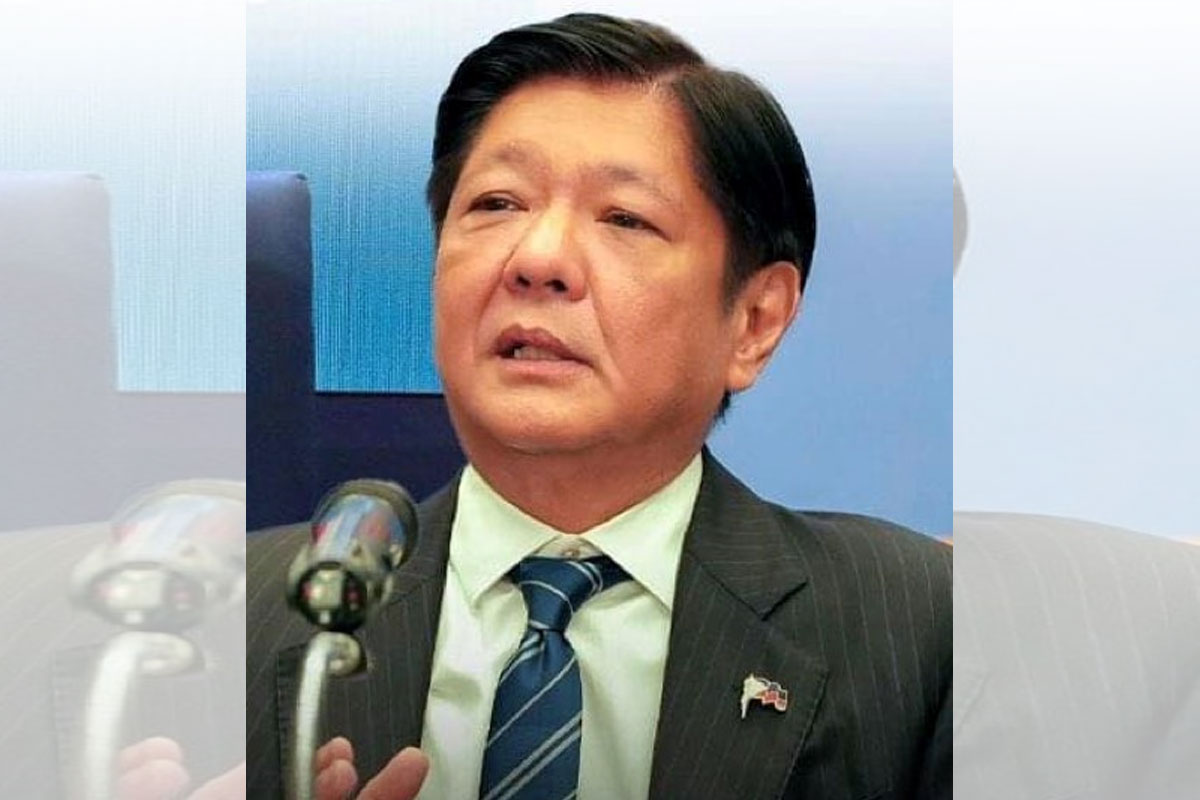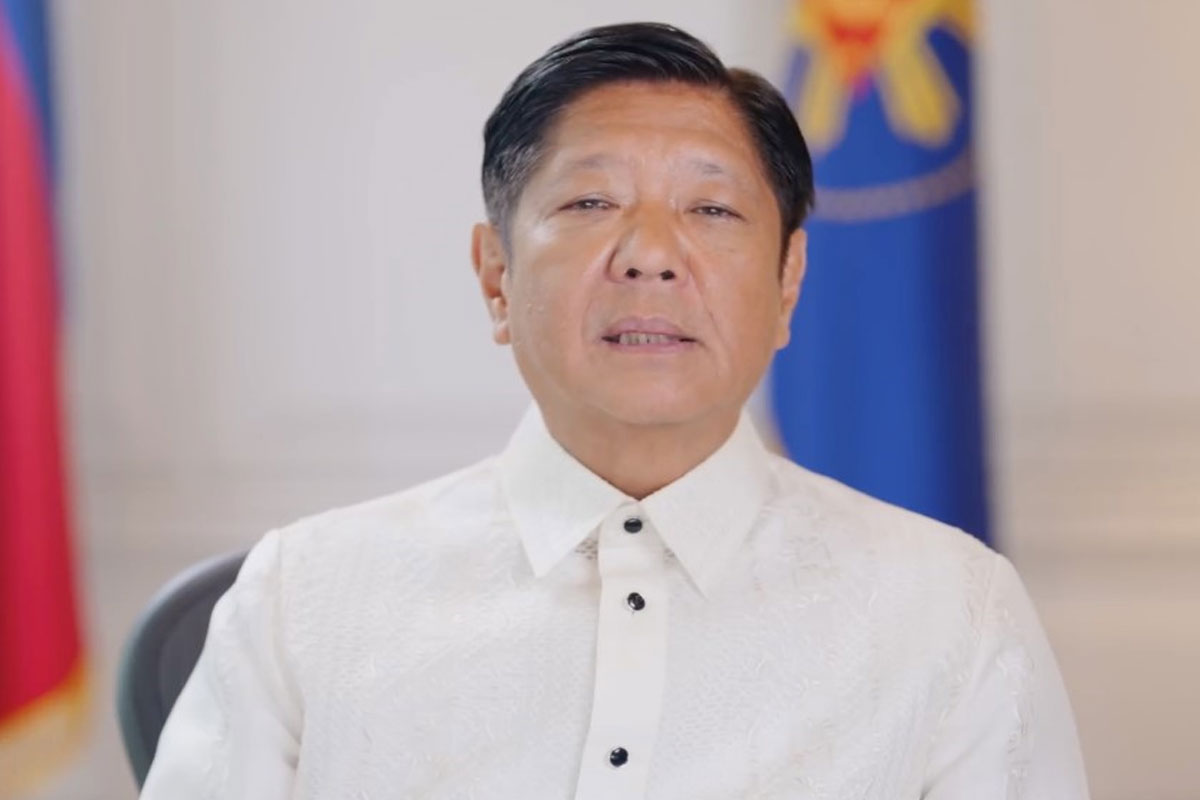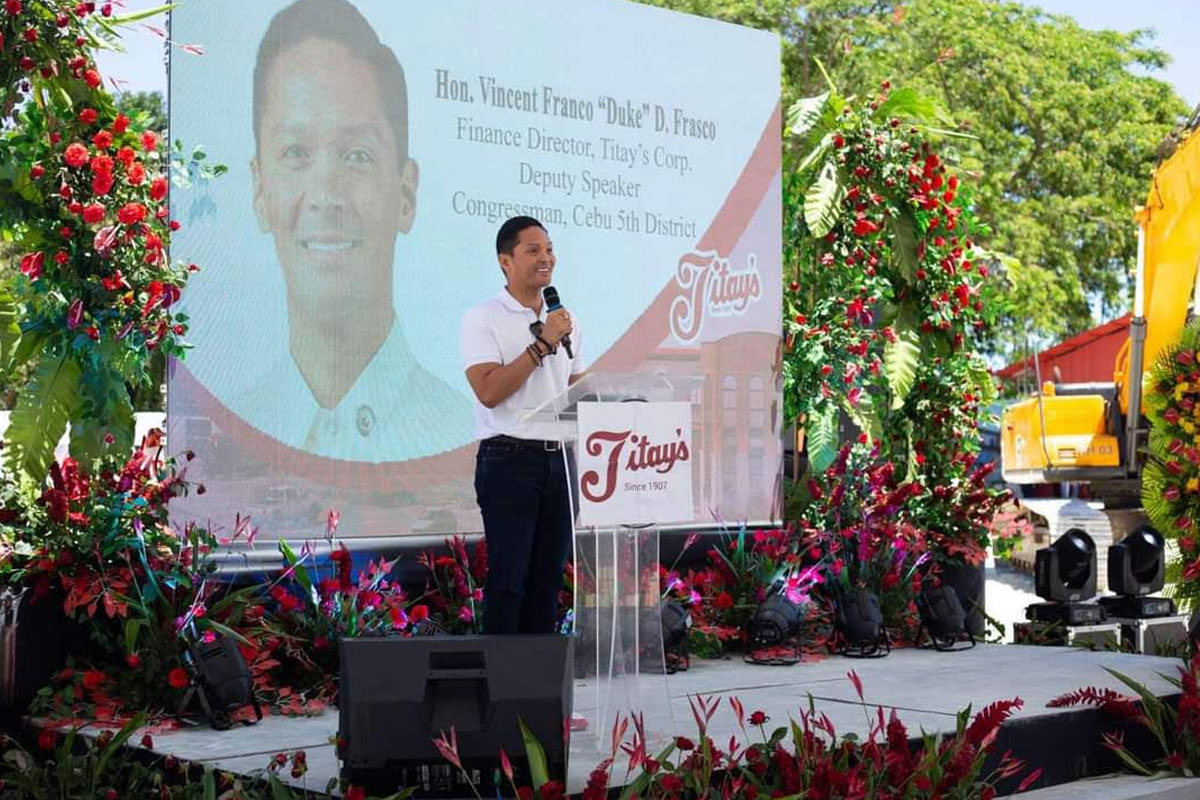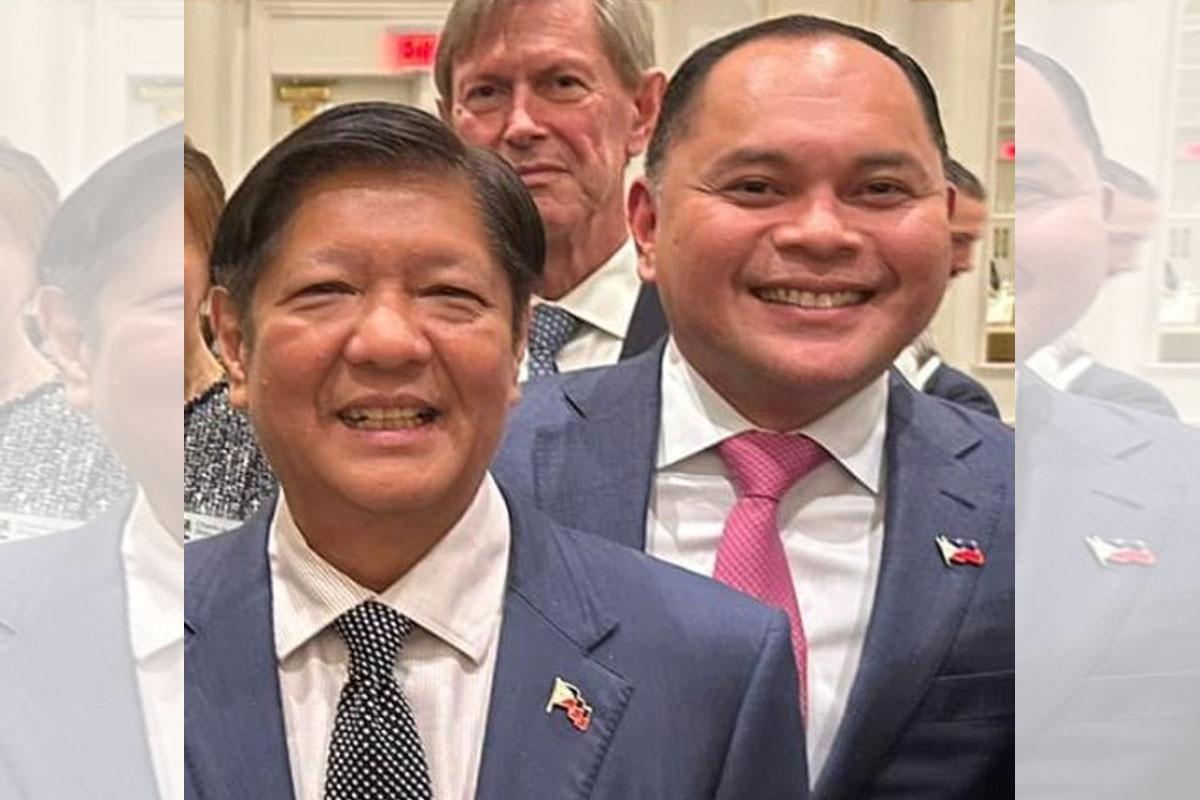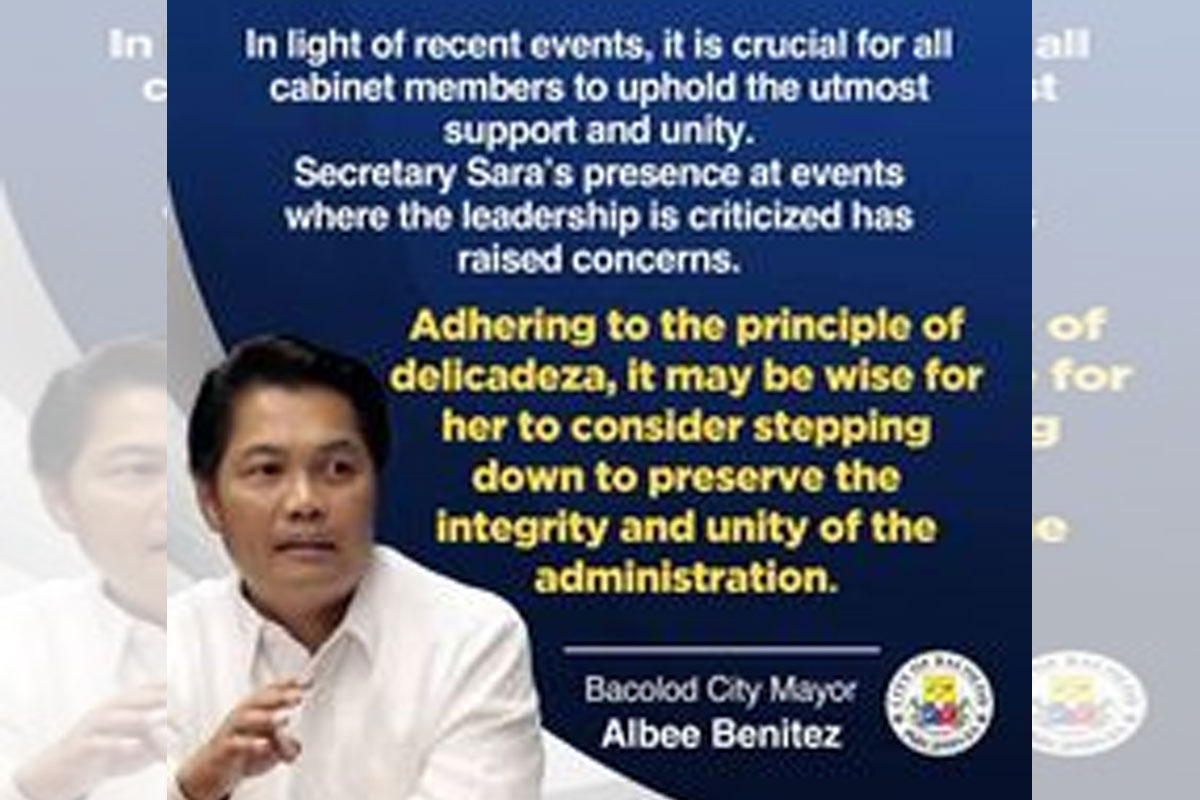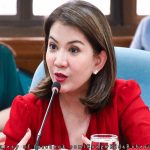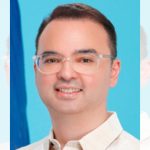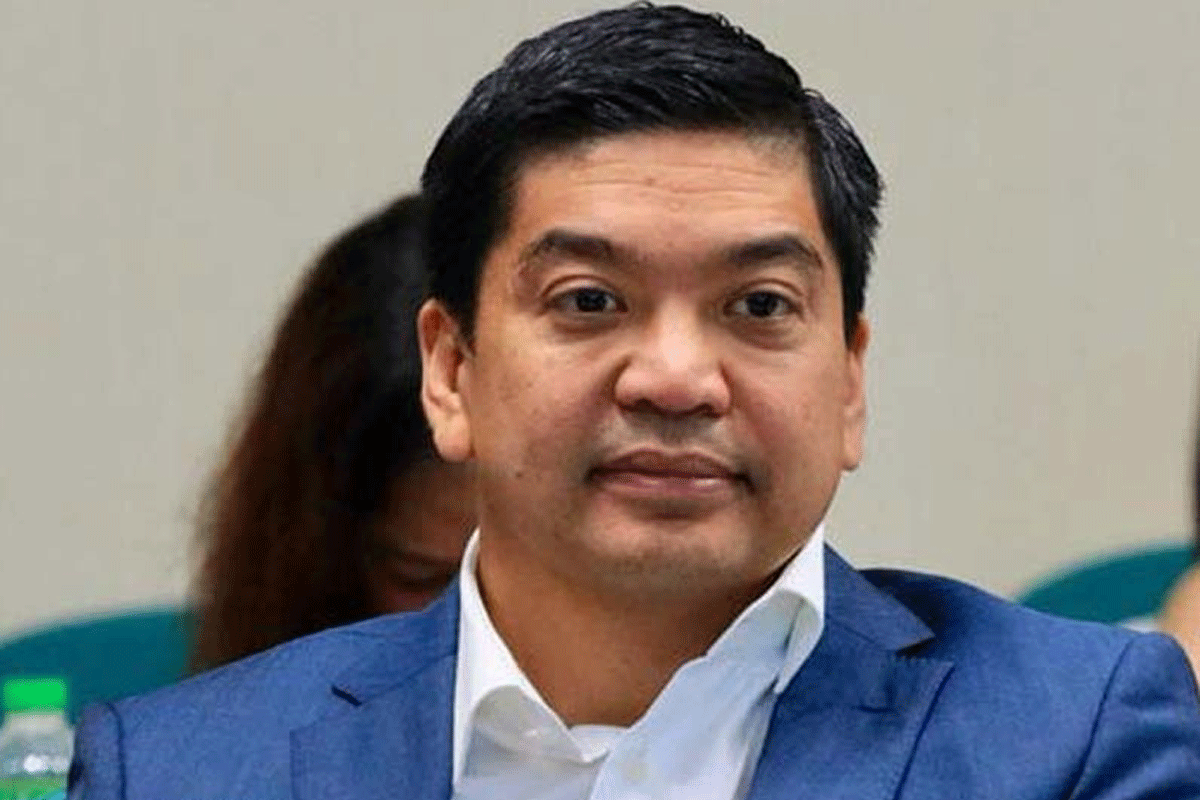
Focus on ‘return to normalcy’ to attract tourists
LGUs urged to boost tourism sector
CAMARINES Sur Representative LRay Villafuerte has nudged local executives to support the Marcos administration’s efforts to quickly return the country to normalcy by ditching whatever entry restrictions on inbound travelers they might still have in place in their respective localities to prevent the spread of COVID-19.
“Keeping the strict restrictions on the entry of travelers or tourists up to now defeats the purpose of Executive Order (EO) No. 7, which President Marcos had issued to further relax anti-Covid health and travel protocols nationwide as part of accelerated government efforts to fully open the economy and rev up the once flourishing tourism sector into an engine of post-pandemic high growth,” Villafuerte said.
Villafuerte said: “EO 7 will be rendered useless if international travelers or tourists would finally be enticed anew to go to the Philippines, only to end up being saddled, upon their arrival in the national capital or elsewhere, with troublesome entry requirements in the local places they want to visit. How can Malacañan Palace and the DOT (Department of Tourism) convincingly tell the rest of the world that the Philippines is truly open for business and for tourists if the burdensome travel protocols that were put up as part of the anti-Covid lockdowns or mobility restrictions are still in place?”
A former Camarines Sur governor, Villafuerte made this call as he backed the appeal of Tourism Secretary Christina Garcia-Frasco on local officials, through the Department of the Interior and Local Government (DILG), to lift entry restrictions on travelers that they had enforced in their respective local government units (LGUs) since the pandemic broke out in 2020.
According to a report, Garcia-Frasco told members of the Filipino community during a recent dialogue in London that she was in talks with the DILG on withdrawing local-travel restrictions that continue to be enforced by LGUs.
Garcia-Frasco was quoted as saying, “We’re currently working with the DILG for the purpose of ensuring that any and all restrictions individually implemented by LGUs nationwide are lifted so that we have a national policy as far as the entry of tourists is concerned. The national policy [is] to welcome our friends and family back into the Philippines.”
Villafuerte, the president of the National Unity Party (NUP), said, “it is nice to know that we are starting to see a turnaround in our tourism business, with the number of arrivals hitting 1.9 million at the start of November, or higher than this year’s official target of 1.7 million and 2021’s total arrivals of 1.4 million.”
“But there is really no room for complacency here when one considers that our regional rivals, like Thailand, for instance, already had 7 million tourists as of October, and expects its visitor arrivals to reach a total of 10 million by end-December,” he said. “We certainly have no way of catching up, much less overtake our ASEAN competitors for tourists, when we continue to have barriers like cumbersome local-travel requirements that naturally turn off prospective visitors.”
He said the downward trend in infection rates should help convince LGU officials to heed the appeal of Garcia-Frasco for them to do away with whatever inbound travel rules remain in their respective localities.
Citing a report by the independent OCTA Research Group, Villafuerte said the COVID-19 positivity rate in the National Capital Region (NCR) was down to 7.5% early this week from the week ago’s 8.12% or the lowest in the region since the 14.6% rate in July.
The positivity rate is the percentage of people found Covid-positive from among the total number of individuals tested for the coronavirus at a given time.
OCTA Research fellow Dr. Fredegusto David was quoted in a media report as saying, “I am confident that the downward trend will continue because our fellow Filipinos more or less know how to protect themselves from the virus, which allows us to keep our businesses and economy open.”
David reportedly projected the positivity rate in NCR to further fall by end-November to less than 5%, which is the standard set by the World Health Organization (WHO).
For Villafuerte, the lifting of entry curbs for overseas and local travelers in all areas of the country would be the best way to carry out President Marcos’ view that the government should start treating COVID-19 not as an emergency but as something that has to be managed in the long term like flu and pneumonia.
Villafuerte said that relaxed health protocols support the President’s belief, as stated in his Oct. 20 speech before the 48th Philippine Business Conference and Exposition (PBC&E), that for the country to open up businesses, we need to “get away from the emergency stance of the DOH… (and) make the Philippines more hospitable to travelers, both business and tourists.”
For Villafuerte, the full recovery of the tourism sector is urgent, given that President Marcos himself, in an Oct. 17 speech at the Philippine Tourism Industry Convergence Reception (PTICR), cited this industry as among the country’s high potential drivers for economic transformation.
“Our quick and strong rebound from the nearly three-year pandemic, which is contingent in part on the full recovery of our tourism sector—to be driven by a dramatic increase in tourist arrivals, will probably remain elusive for so long as the Philippines is stuck on the list of countries with tough entry restrictions for travelers,” Villafuerte said.
Although the WHO asserted last month that the pandemic remains to be a “public health emergency of international concern” and still with “many risks and uncertainties,” Villafuerte pointed out that the increased relaxation of anti-Covid health protocols supports President Marcos’ view that Filipinos should learn to live with the virus as part of the “new normal.”
Villafuerte said earlier that the prompt issuance of a Malacañang directive to officially lift mandatory masking even indoors “accelerates our country’s adaptation to the “new normal” and sends a loud message to the world that it has “opened wide its doors” to tourists and investors.
“With President Marcos’ prompt issuance of EO No. 7 last Oct. 28, we are sending a loud message to the world that we have marched on from the almost three-year pandemic and that we have at last opened wide our doors to tourists and investors alike as a way to speed up our economy’s return to its pre-Covid high upward trajectory,” Villafuerte said.
EO 7 made mask wearing optional in both indoor and outdoor settings just days after the President approved the recommendation by the Interagency Task Force on the Management of Emerging Infectious Diseases (IATF) on mandatory masking that had been enforced nationwide since March 2020.
Villafuerte likewise called on the public to heed the President’s appeal in EO 7 for people to continue observing minimum public health standards (MPHS) such as hand-washing, physical distancing, and maintenance of good ventilation, particularly indoors, to prevent COVID-19 infection.
He also made an appeal to local executives to fully support EO 7 by ramping up their anti-coronavirus vaccination rollouts and complying with the President’s order for LGUs to submit to the DOH regular updates on the progress of their respective regular and booster shot programs.
In EO 7 released last Oct. 28, Mr. Marcos said that masking would remain mandatory in healthcare facilities; medical transport vehicles; and air, land and sea public transportation.
The President, also in EO 7, encouraged mask wearing by senior citizens, immunocompromised individuals, persons with comorbidities, pregnant women, and unvaccinated people.
Villafuerte called for the lifting of the outdoor masking rule in September as well as the adoption of voluntary indoor masking and, later, the removal of entry curbs for inbound international travelers before President Marcos approved the consecutive IATF recommendation on the easing of such anti-Covid health protocols.




